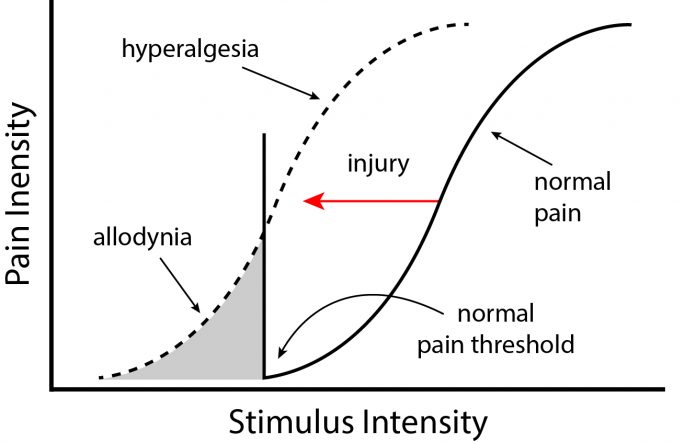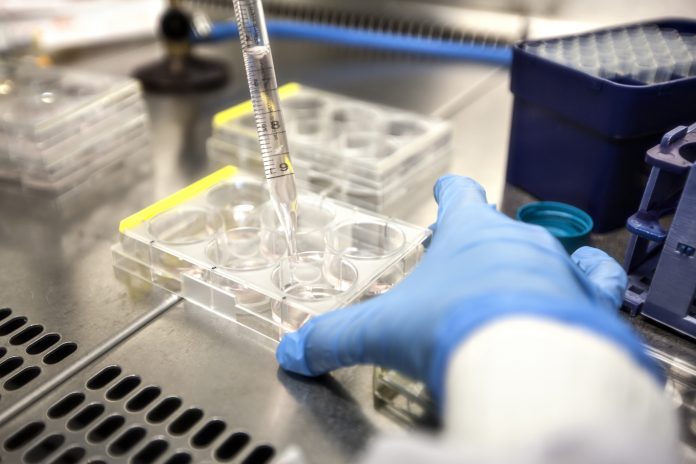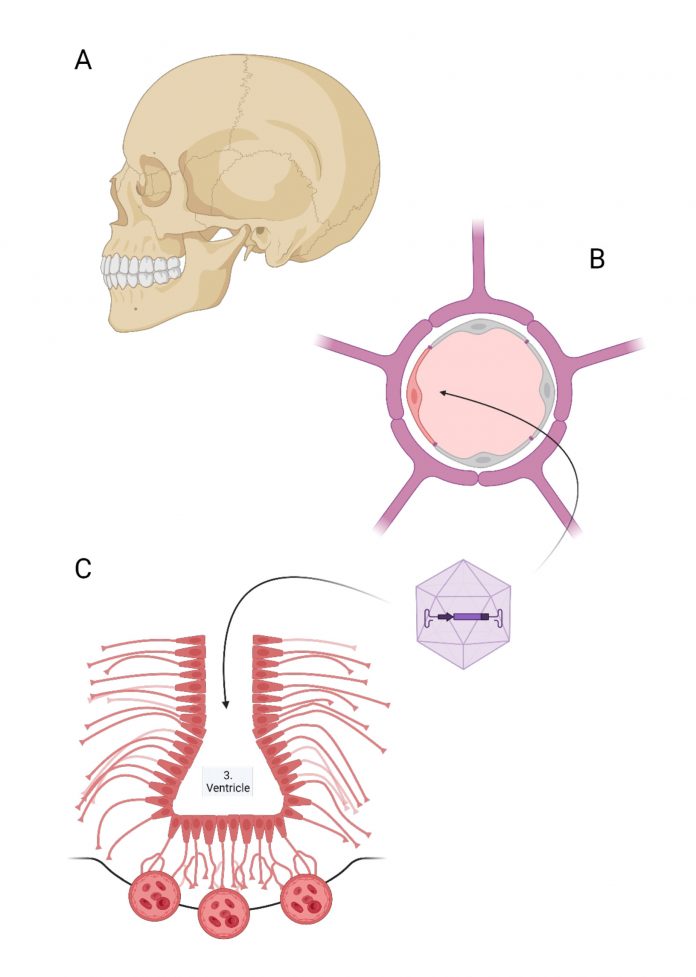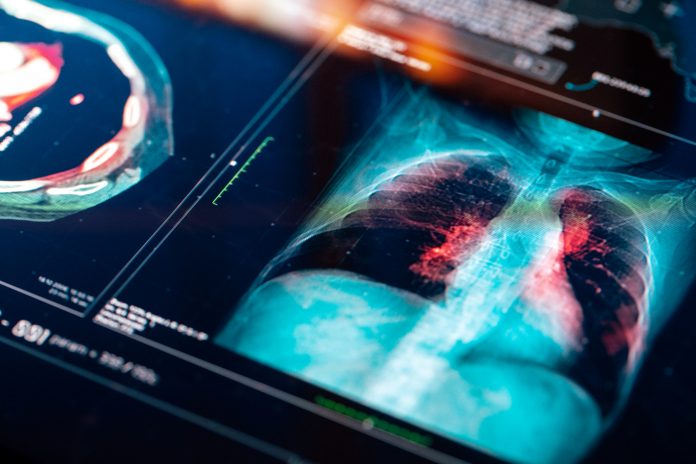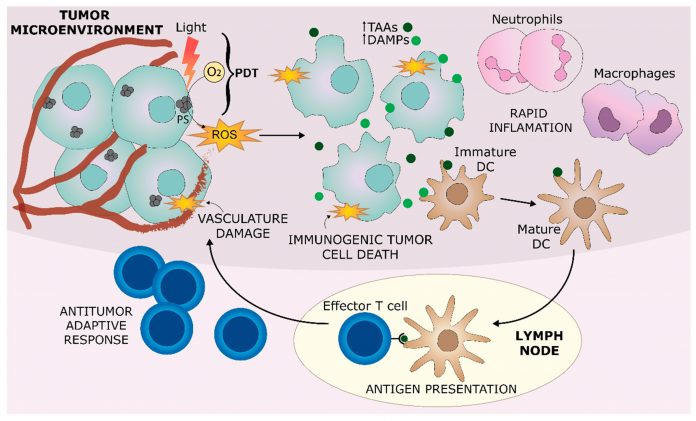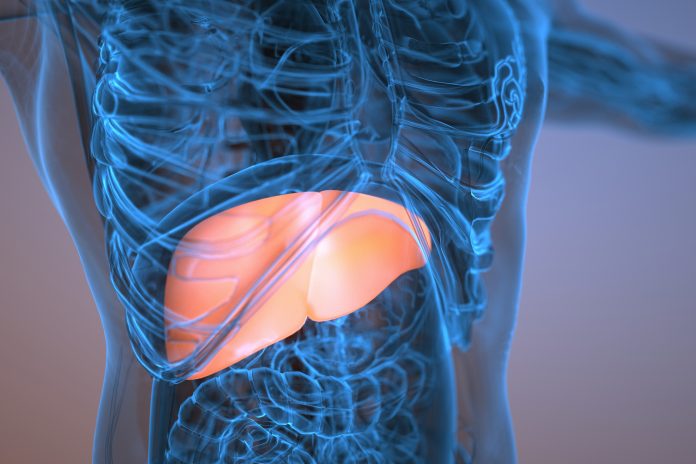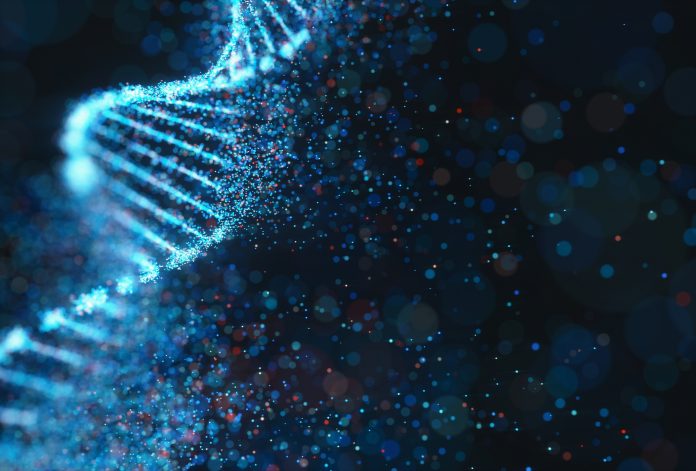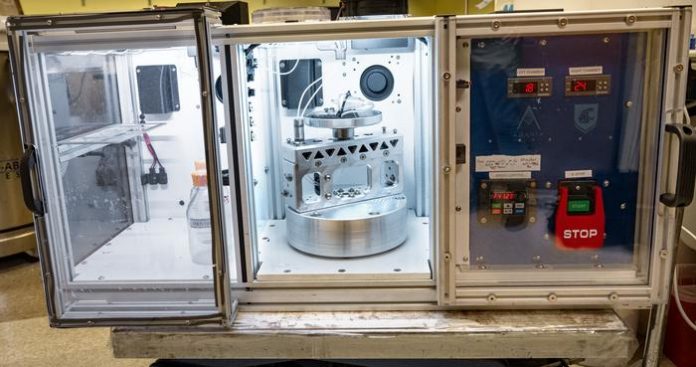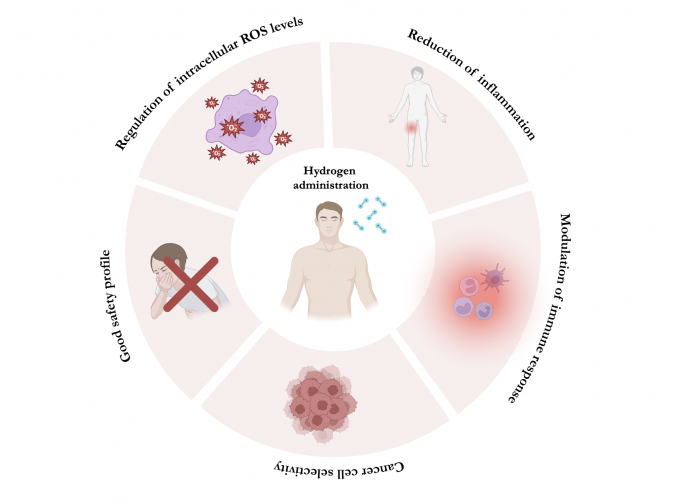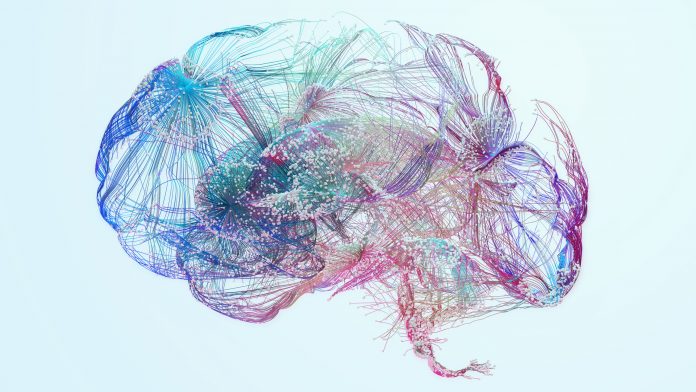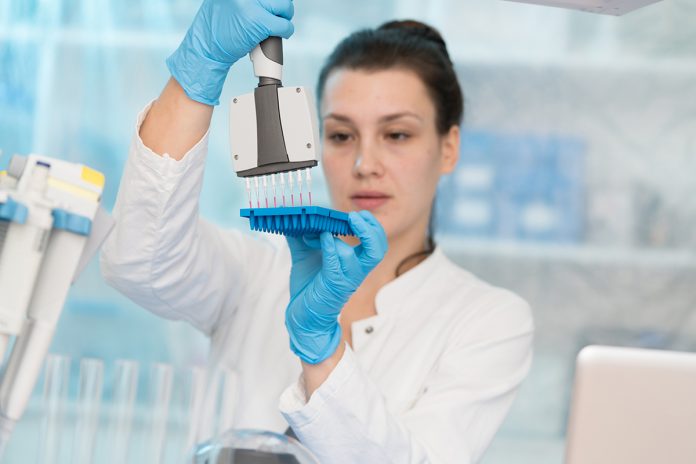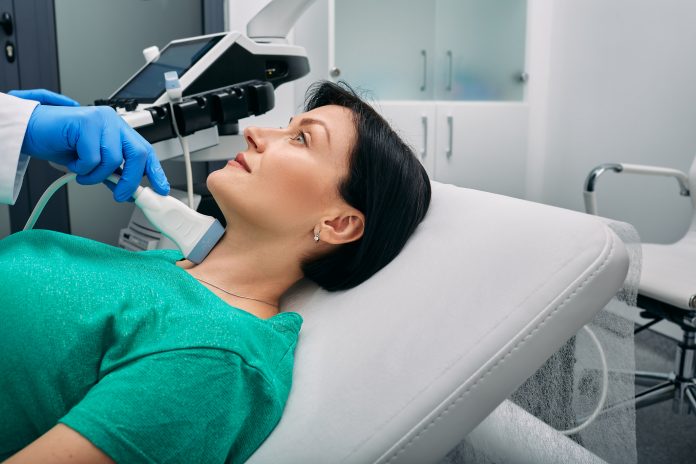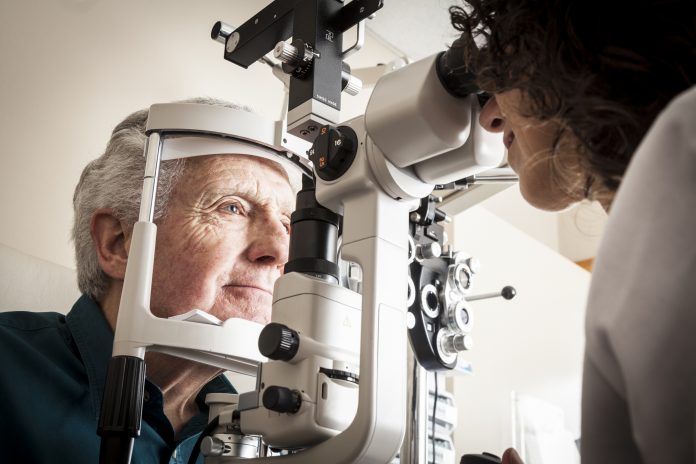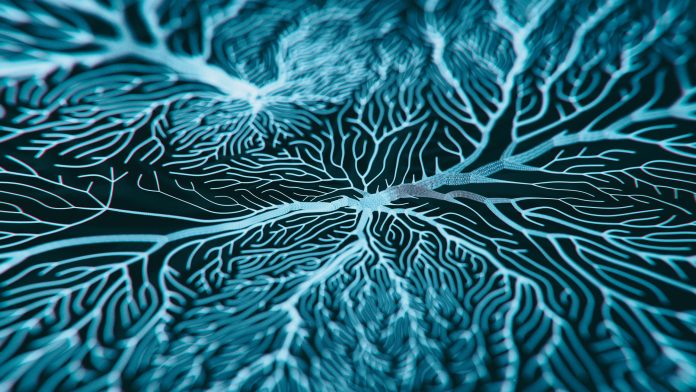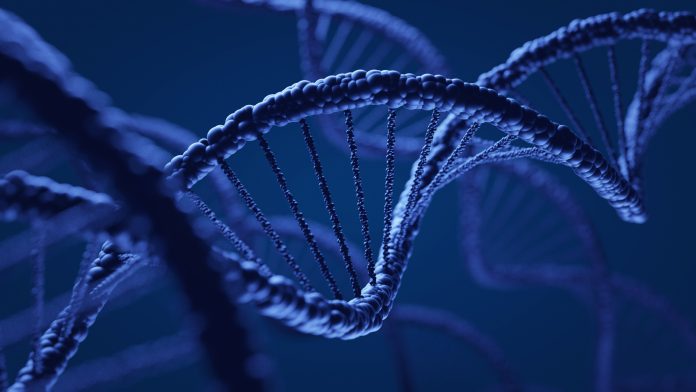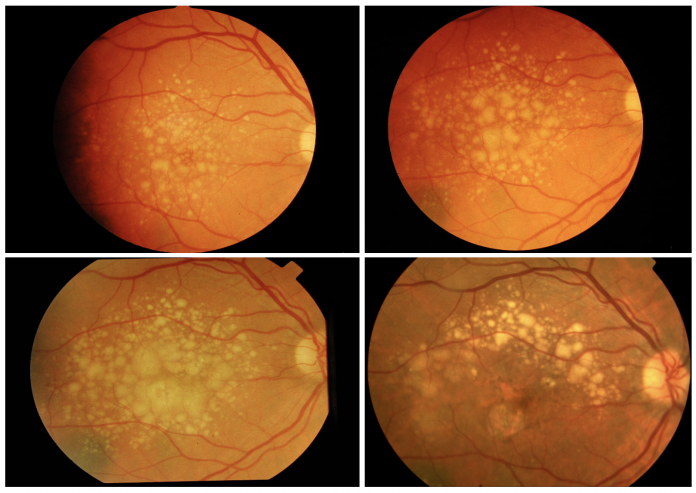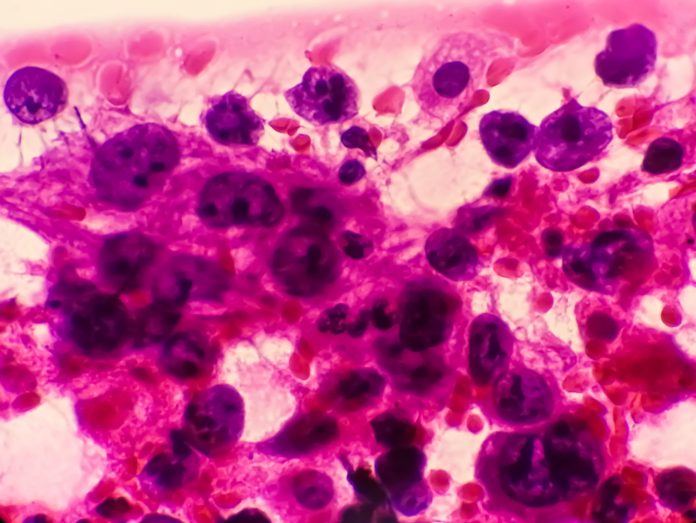Home Search
Stem cell gene therapy - search results
If you're not happy with the results, please do another search
Stem cell & gene therapy to treat osteogenesis imperfecta: hype or hope
Pascale V Guillot from University College London, Elizabeth Garrett Anderson Institute for Women’s Health, explains stem cell and gene therapy to treat osteogenesis imperfecta, but is this hype or hope?
Eye health: Testing the safety of stem cell therapy for age-related macular degeneration
Kapil Bharti, PhD, Senior Investigator and Head of the Ocular and Stem Cell Translational Research Section at the National Eye Institute (NEI), explains testing the safety of a stem cell therapy for age-related macular degeneration in this special focus on eye health.
Therapeutic potential of the endocannabinoid system to treat chronic pain in inflammatory disease
Pharma researchers Julie Blaising and Philip Smith from F. Hoffmann-La Roche Ltd. discuss the endocannabinoid system as a pathway to treat inflammatory diseases such as Inflammatory Bowel Disease (IBD) and endometriosis.
Potential infertility treatment: Skin cells transformed into viable eggs
A new technique by researchers at Oregon Health & Science University (OHSU) could change the infertility treatment .
Bridging brain barriers for gene therapy
Reflecting on the challenges in treating brain diseases, this article explores ways to transduce the blood-brain barrier as well as the critical role of tanycytes as a target for gene therapy vectors.
Predicting improved response to lung cancer immunotherapy
Researchers have identified 140 genes that could change how non-small cell lung cancer (NSCLC) patients are treated with immunotherapy and low-dose radiation.
Photodynamic therapy and immune response in solid tumours
Photodynamic therapy can stimulate a person’s own immune system to better recognise – and fight – cancer tumours, say Mary Potasek, PhD and Karl Beeson, PhD of Simphotek and Theresa M Busch, PhD of the Department of Radiation Oncology, University of Pennsylvania.
Hydrogen therapy for liver surgery: Current insights and future prospects in ischemia-reperfusion injury
Prof. Giovanni Brandi1,2 and Dr. Simona Tavolari1 of the 1 Medical Oncology, IRCCS Azienda Ospedaliero-Universitaria di Bologna, Bologna, Italy; 2Department of Medical and Surgical Sciences, University of Bologna, Bologna, Italy, discuss ischemia-reperfusion injury in hepatic surgery, and the potential to prevent it through hydrogen-therapy.
Personalized medicine: “Tyranny of the gene”
Dr Priya Hays, Ph.D., CEO/Science Writer at Hays Documentation Specialists, LLC, responds to “Tyranny of the Gene.” Is personalized medicine a threat to public health? Not really, but yes, it’s an argument for price controls and perhaps more regulations; we hear.
Rapid cell production for cancer treatment achieved by new machine
A new method for quickly growing cancer-killing white blood cells can potentially enhance the accessibility of immunotherapy.
Knee health promotion and cell therapy for knee osteoarthritis
Shaw-Ruey Lyu, Professor from Dalin Tzu-Chi Hospital, Tzu-Chi University, says that the knee health promotion option and cell therapy are a perfect combination for knee osteoarthritis.
Hydrogen therapy: An emerging therapeutic strategy in cancer treatment?
Professor Giovanni Brandi (1,2) and Dr Simona Tavolari (1,2) from the University of Bologna discuss findings from preclinical and clinical studies that highlight the potential of hydrogen therapy in cancer treatment.
Innovative gene therapy approaches for brain tumour-related epilepsy
Professor Mark Cunningham and Dr Kate Connor from Trinity College Dublin discuss the burden of brain tumour-related epilepsy and why novel therapies are urgently needed to improve the quality of life for those affected.
The challenge of treating genetic diseases: The example of creatine transporter deficiency
The vast majority of genetic diseases remains beyond possibilities of treatment with research continuing to be able to offer therapies to the affected patients.
Why research on immune system disorders is critical to improving patient outcomes
The immune system is the body’s natural defence against antigens such as bacteria and viruses, but in some cases, it can malfunction. We explore the prevalence of immune system disorders, the associated unmet medical needs, and therapeutic research.
What is age-related macular degeneration?
Age-related macular degeneration is known to affect millions of people around the globe and is fourth on the list of diseases that commonly lead to blindness, behind cataracts, preterm birth and glaucoma
Macular degeneration, also called age-related macular degeneration (AMD), is a medical condition that results in blurred or total...
CorTec’s Brain Interchange™ system: Revolutionizing brain therapy with closed-loop neuromodulation
CorTec’s Brain Interchange™ system offers closed-loop neuromodulation, revolutionizing brain therapy by precisely adapting treatment based on individual needs.
Development of a new gene therapy drug as a treatment for hypophosphatasia
The current primary treatment for hypophosphatasia is enzyme replacement therapy; however the development of a new gene therapy drug, ARU-2801, may change the landscape forever.
Understanding age-related macular degeneration
Tunde Peto, Professor of Clinical Ophthalmology at Queen’s University Belfast, describes the symptoms, causes and treatments for age-related macular degeneration and how the prevalence of the disease could be reduced.
Photodynamic Therapy: Killing cancer gently with visible light
Photodynamic therapy, using visible light with lower energy, causes fewer side effects when treating cancer, find Drs. Mary Potasek, Evgueni Parilov, and Karl Beeson, Co-founders of Simphotek, Inc.




